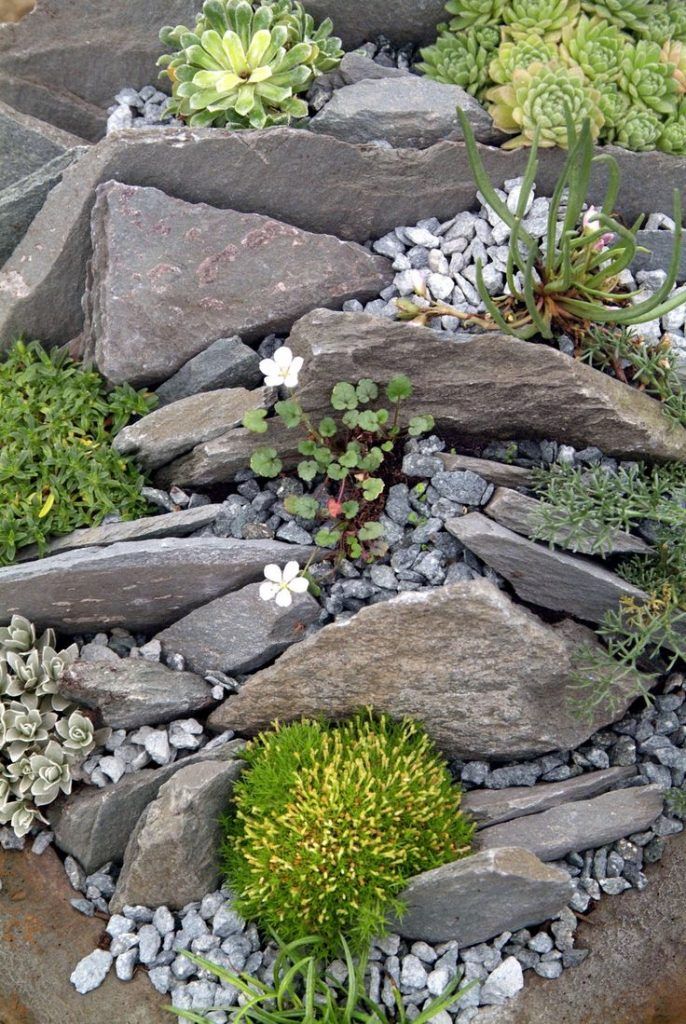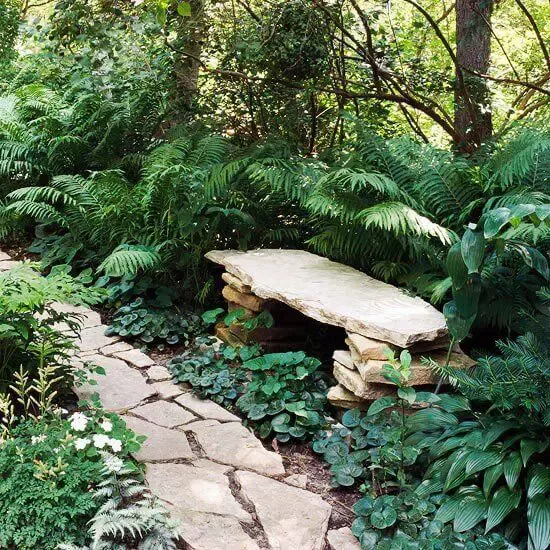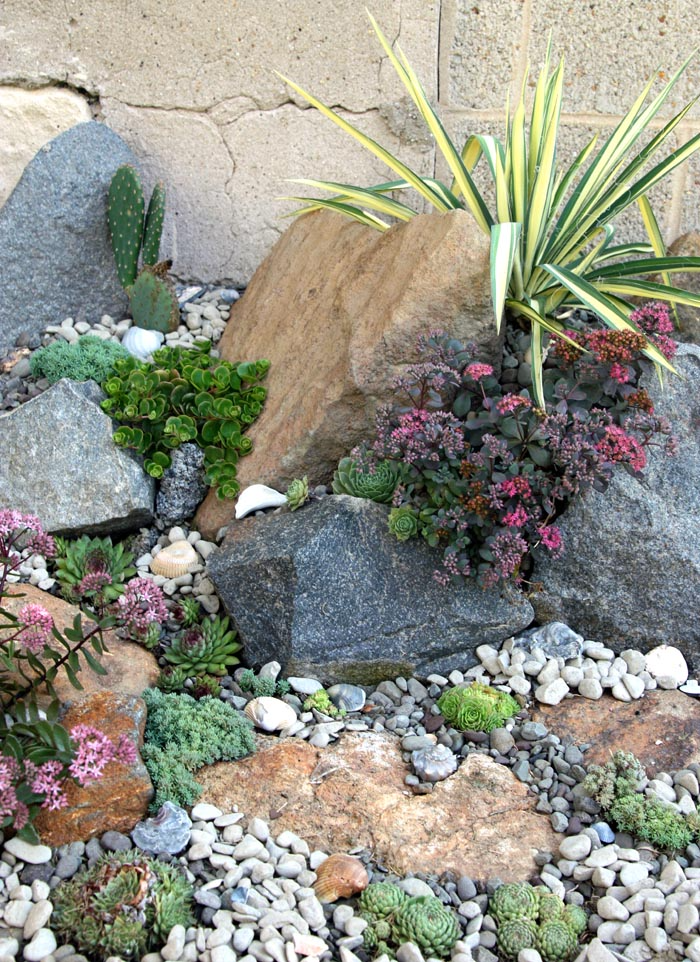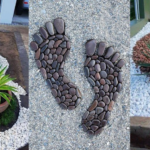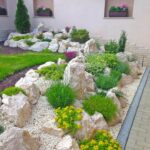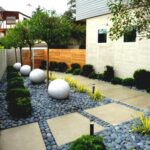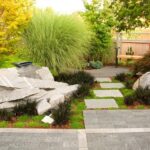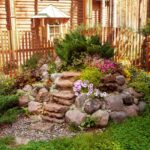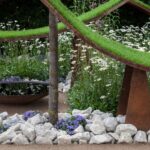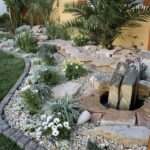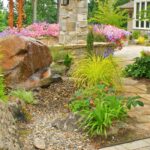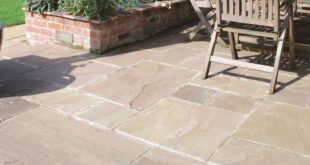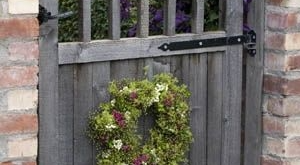Rock gardens are a popular choice for many homeowners looking to add a unique and visually appealing element to their outdoor space. With their natural beauty and low maintenance requirements, rock gardens can be a great addition to any yard or garden. When designing a rock garden, there are several key factors to consider in order to create a successful and aesthetically pleasing space.
One of the first steps in designing a rock garden is to carefully select the location for the garden. It is important to choose a spot that receives ample sunlight and has good drainage. Rock gardens typically do best in sunny areas with well-drained soil, as this will help to create optimal growing conditions for the plants that will be incorporated into the design.
When selecting rocks for a rock garden, it is important to choose a variety of shapes, sizes, and colors in order to create a visually appealing and natural-looking space. Larger rocks can be used as focal points, while smaller rocks can be used to fill in gaps and create a cohesive design. Incorporating different types of rocks, such as granite, limestone, or sandstone, can also add texture and interest to the garden.
In addition to rocks, plants are also an important component of a rock garden design. When selecting plants for a rock garden, it is important to choose species that are well-suited to the specific growing conditions of the garden, such as sunlight exposure and soil type. Drought-tolerant plants, such as succulents and alpines, are often good choices for rock gardens, as they require minimal water and maintenance.
To create a sense of unity and cohesion in a rock garden, it is important to carefully plan the layout and placement of rocks and plants. Grouping rocks together in clusters and using plants to fill in gaps between them can help to create a harmonious and balanced design. It is also important to consider the scale and proportion of elements in the garden, as this can affect the overall look and feel of the space.
Finally, adding finishing touches, such as mulch, gravel, or ground cover, can help to complete the look of a rock garden. Mulch can help to retain moisture in the soil and suppress weeds, while gravel can add texture and contrast to the design. Ground cover plants, such as creeping thyme or moss, can help to soften the edges of rocks and create a seamless transition between the garden and surrounding landscape. By carefully planning and implementing these design elements, homeowners can create a beautiful and unique rock garden that enhances their outdoor space.
 yishifashion Where Outdoor Dreams Become Reality
yishifashion Where Outdoor Dreams Become Reality
